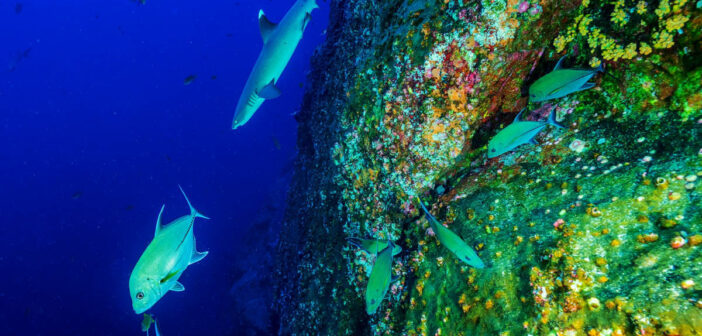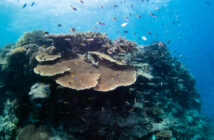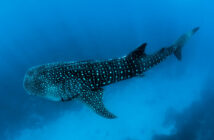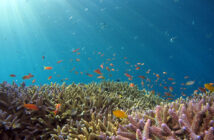With friendly manta rays and an abundance of marine megafauna, the Socorro Islands are on the wish lists of many divers. They are the Mexican equivalent of the Galapagos Islands and are teeming with life. But being remote and surrounded by the open ocean, these islands can be challenging to dive. So, how do you prepare for a trip to the Socorro Islands?
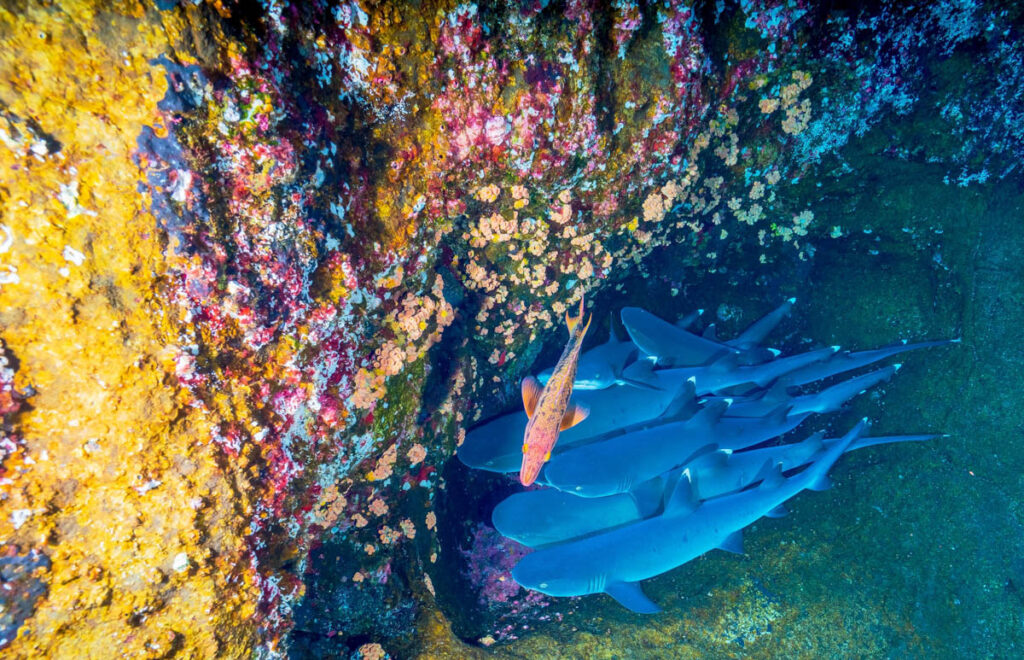
Photo by Francisco Jesús Navarro Hernández on Unsplash
Here are my top tips to make your trip safe and unforgettable so you can leave your dive nerves behind:
Hone your buoyancy skills.
Perfect buoyancy is essential for safe and enjoyable diving, so make sure you practice your buoyancy skills before you go Socorro Islands diving. Maintaining precise control over your buoyancy will keep you safe and prevent accidental collisions with marine life and the reefs. Added to that, good buoyancy conserves your energy, reduces fatigue, and allows you to focus on enjoying the incredible diving on offer.
If you’re going to take photographs and videos of the mantas, mastering your buoyancy is a must. Not only will it allow you to capture the footage you want while the mantas move around you, but you won’t accidentally ascend or descend too far while you’re busy getting those perfect shots.
Get comfortable in currents and surges.
Diving at the Socorro Islands is challenging and rewarding in equal measure. Being in the open ocean, there are waves, strong currents, and surges that can pull you up and down in the water column even at depth. But all of those open-ocean conditions attract incredible marine life!
If you’re not used to diving in the open ocean, it’s a good idea to do some current diving before your trip so you know what to expect. You might also want to do a waves, tides, and currents dive course to prepare.
Having at least 50 dives under your belt will also make the adventure more enjoyable and less daunting, though you can dive at the Socorro Islands as a less experienced diver.
Practice safety stops in open water.
Completing your safety stops with mantas passing by and big shoals of fish is hard to beat! It can also be distracting given there are no reference points or lines for you to hold onto.
Before your trip, make sure you can complete safety stops in blue water easily and without holding onto a line.
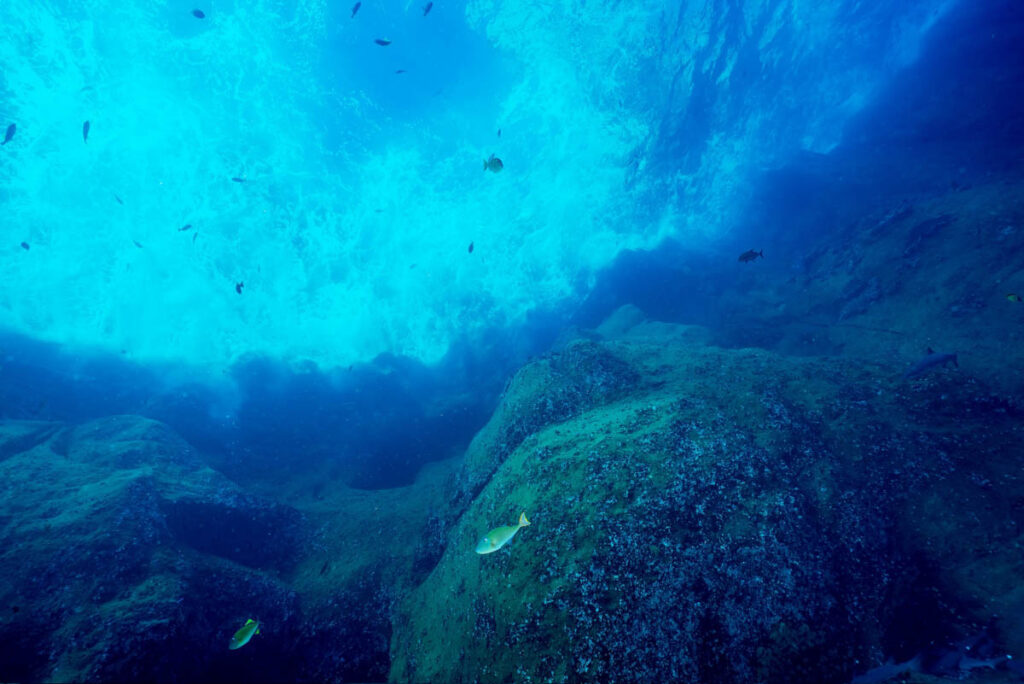
Photo by Francisco Jesús Navarro Hernández on Unsplash
Watch your depth.
You will be diving around incredible volcanic landscapes at the Socorro Islands; over shallow reefs, alongside lava fingers, and at rocky shark and manta cleaning stations. Often, you will dive at places that are relatively deep and drop into deeper, open waters nearby.
With the strong currents and depth combined, it is easy to get swept into the blue or go too deep when you’re watching the incredible marine life around you. So, get into the habit of checking your depth more often than usual and always follow your dive guide – they know the dive sites and currents well.
If you do that, you’ve nothing to worry about and will enjoy what promises to be some of the best dives of your life!
Don’t chase the mantas.
The mantas at the Socorro Islands are very captivating and known to be friendly towards divers. They come in close to divers, hover above their bubbles, and pass by repeatedly. But they won’t stick around if you chase them.
Be respectful of the mantas’ space, let them come to you, and enjoy interacting with them on their terms. It is a life-changing experience being in their world.
Practice using a DSMB.
If you finish your dive earlier than others or drift into the blue, you will need to do your safety stop with your buddy and deploy a DSMB (delayed surface marker buoy) so the Zodiac boat can find you. Make sure you know how to use a DSMB before your trip and practice deploying it in open waters.
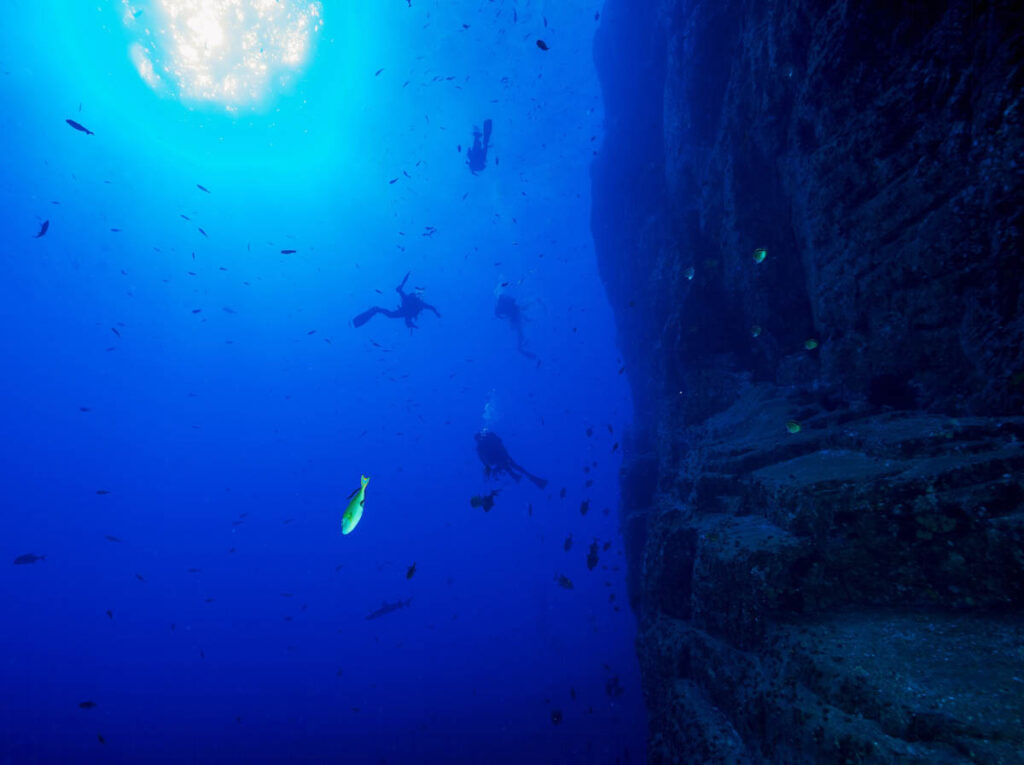
Photo by Francisco Jesús Navarro Hernández on Unsplash
Try negative entries.
You might need to do negative entries at some of the dive sites that experience waves and surges, such as Roca Partida. Make sure you try this entry style beforehand so you know what to expect.
Ask for help.
Most importantly, don’t be afraid to ask your dive guides for help. The crew on Nautilus Liveaboards are exceptionally helpful and they will do anything to ensure you are comfortable in the water and having fun!




